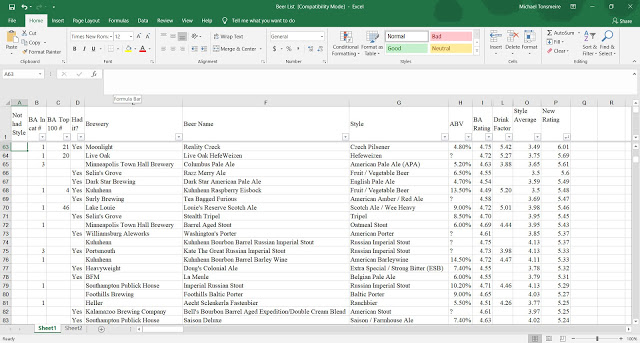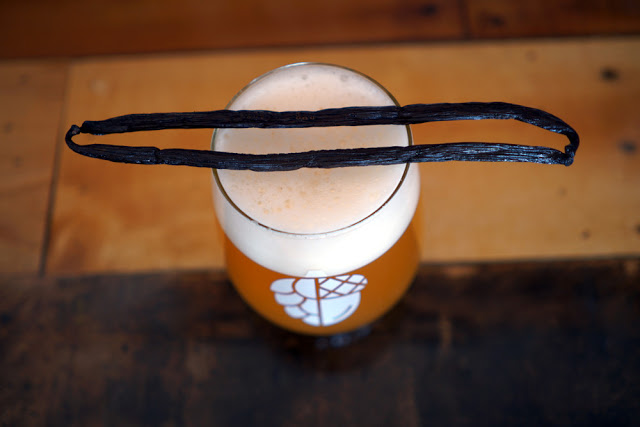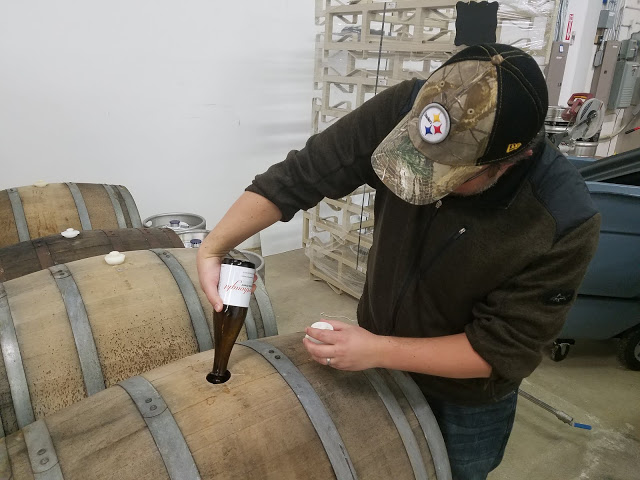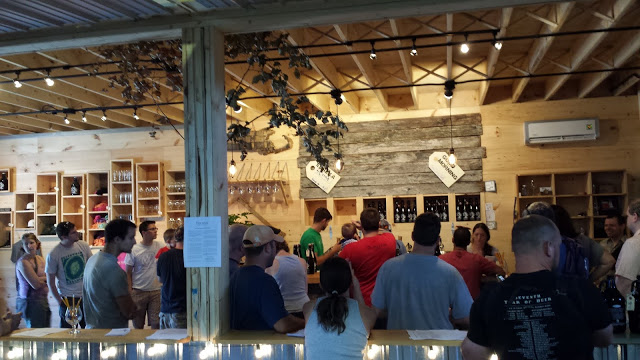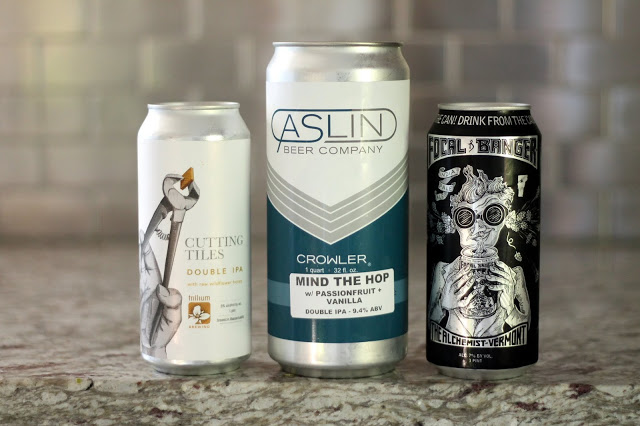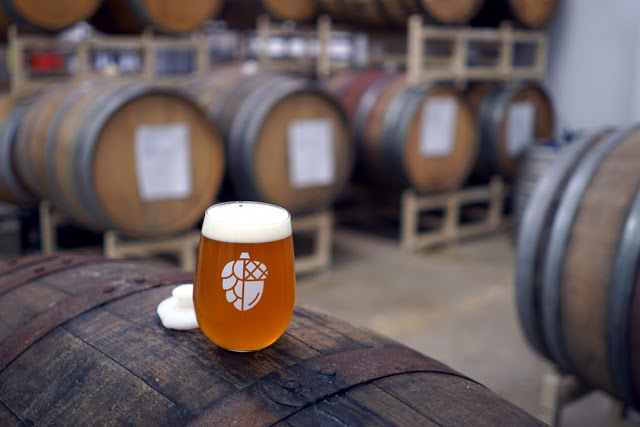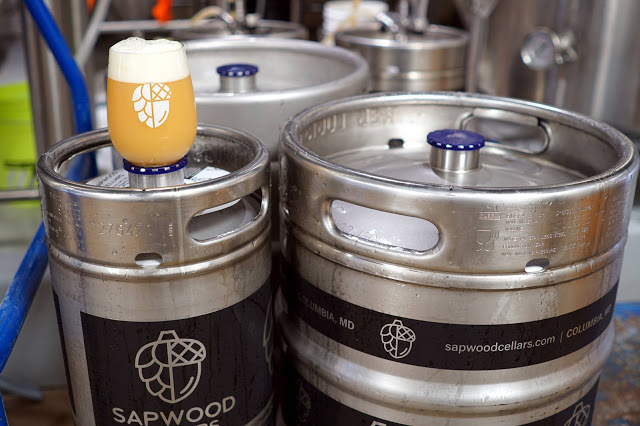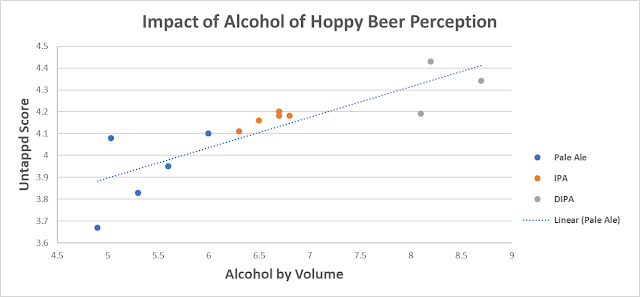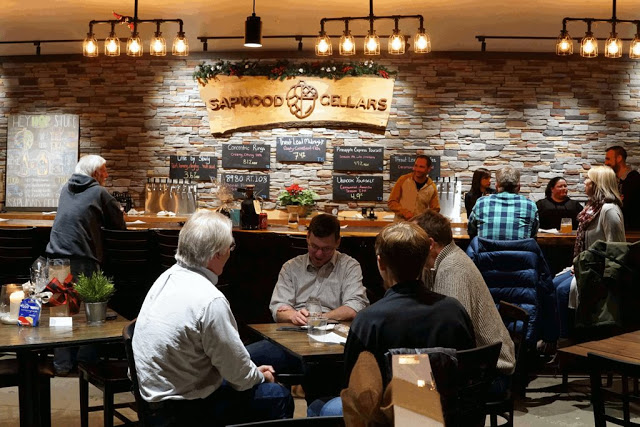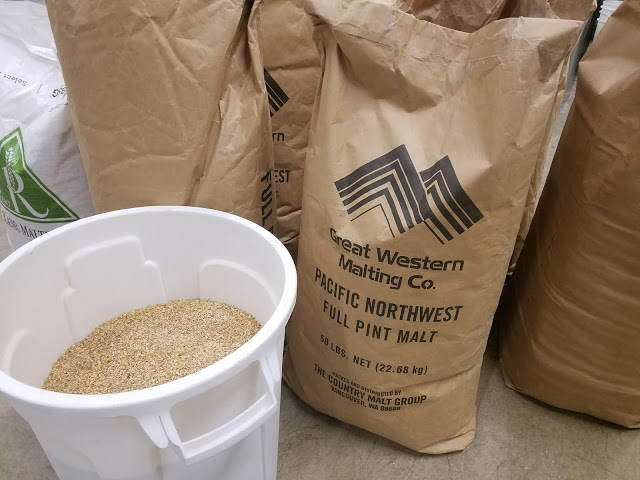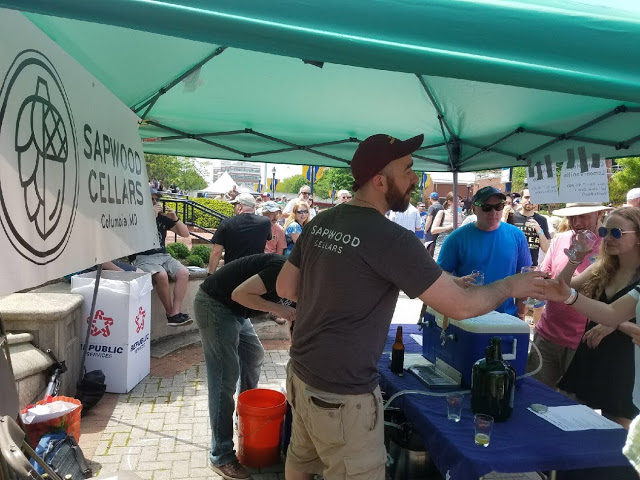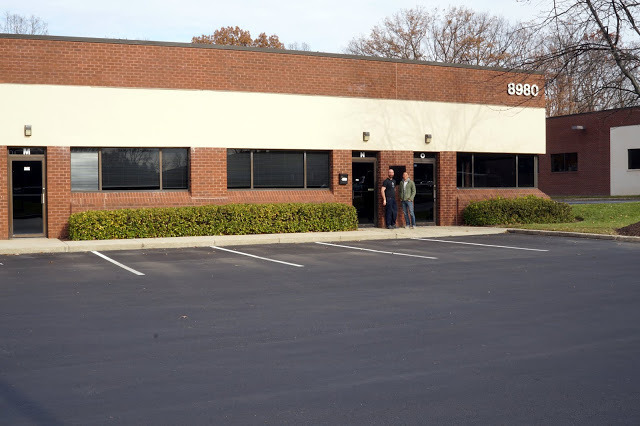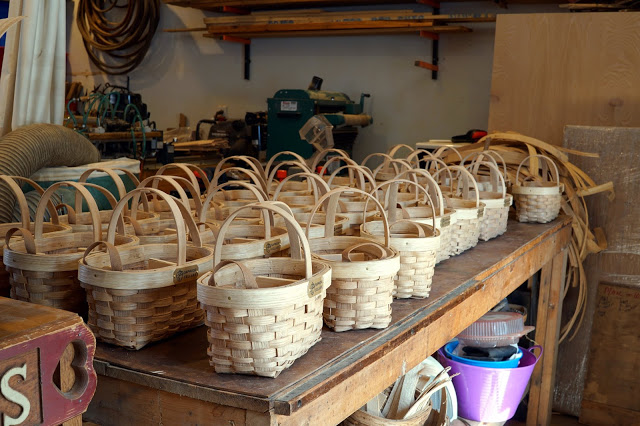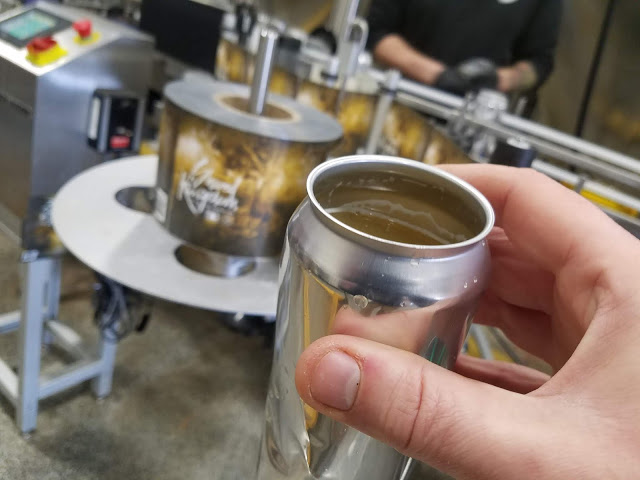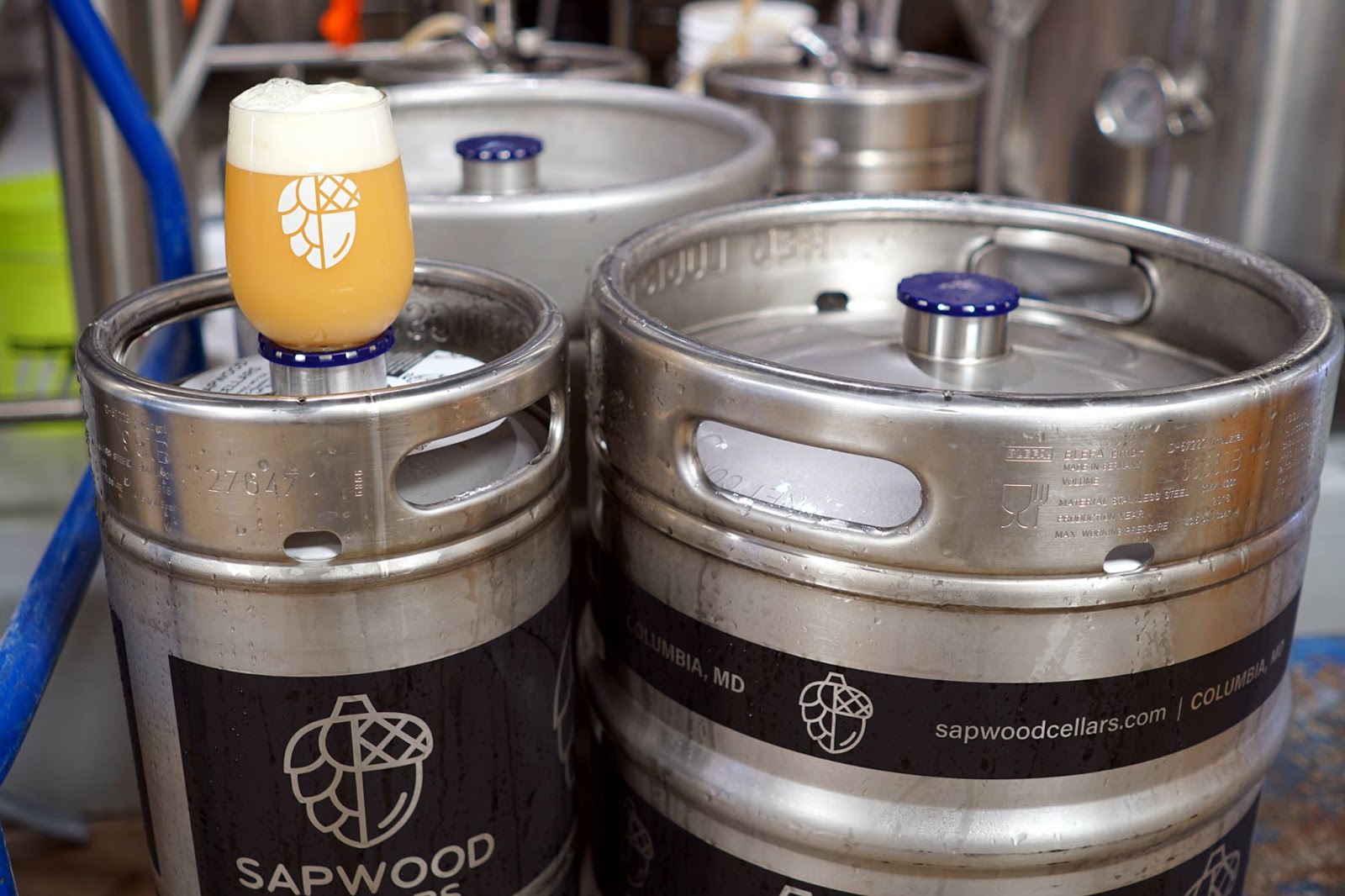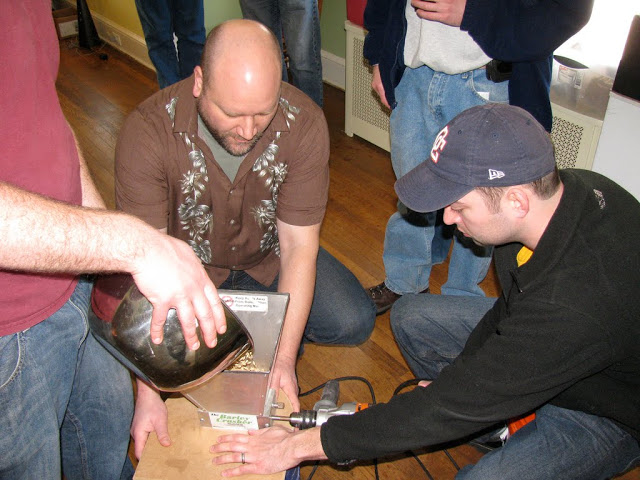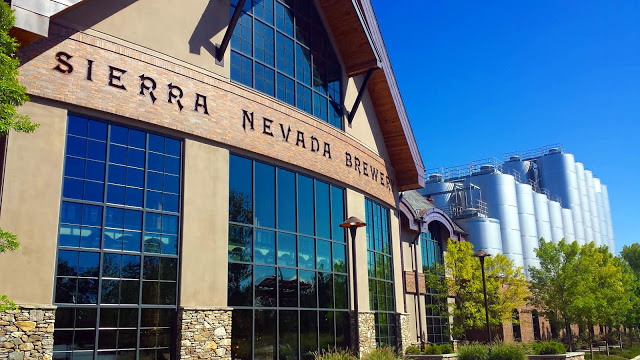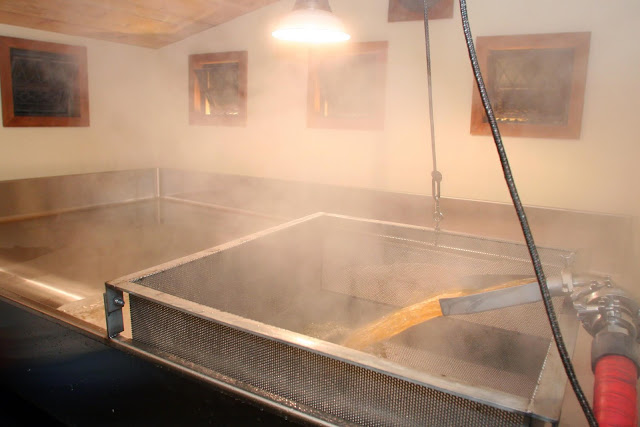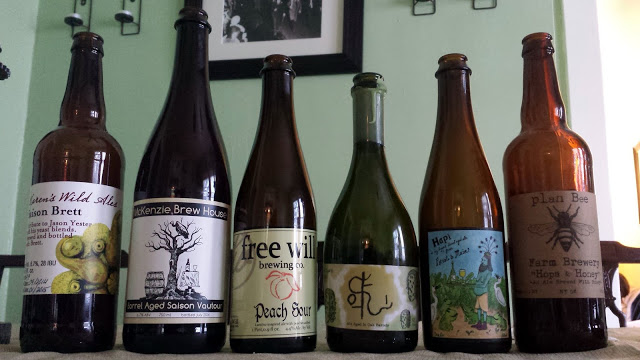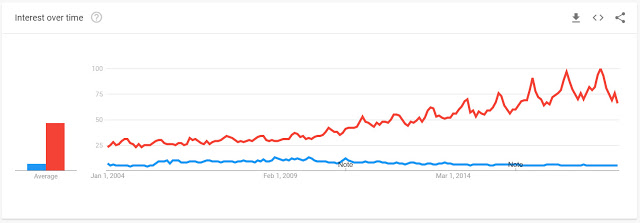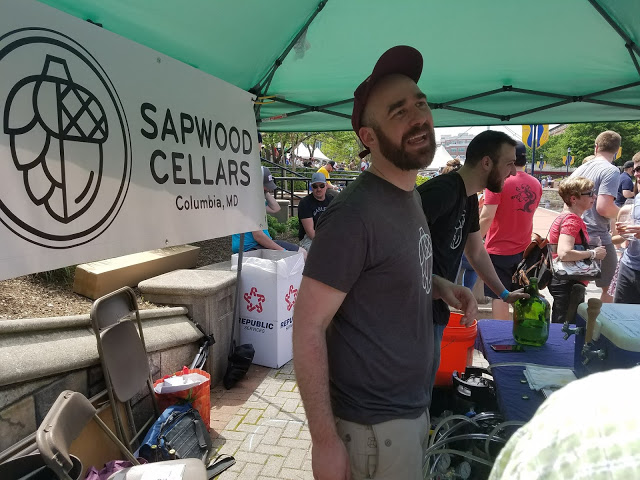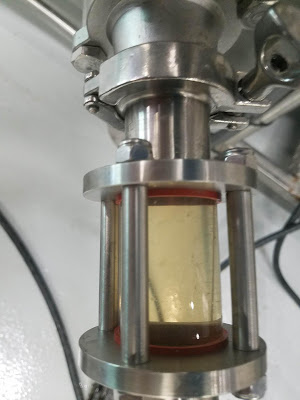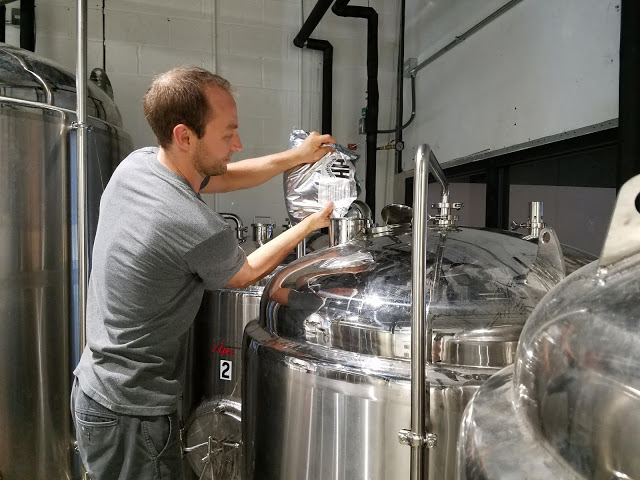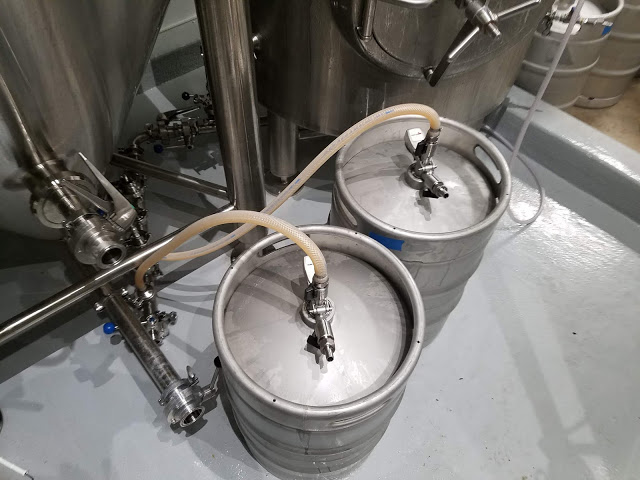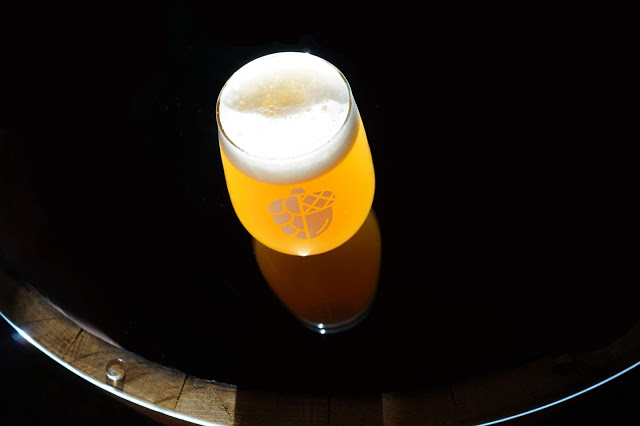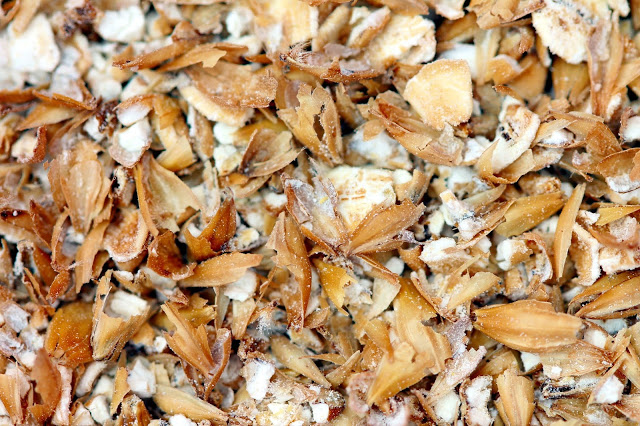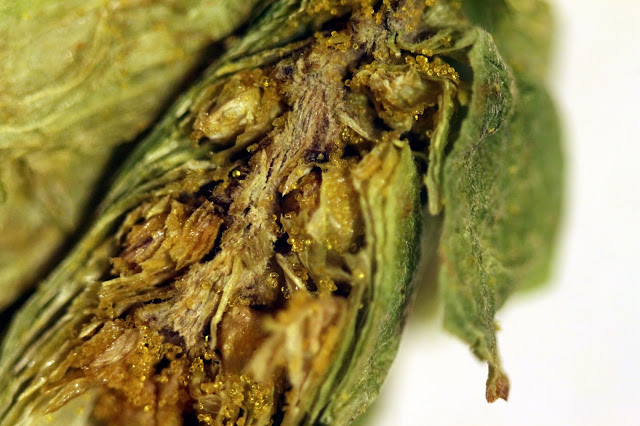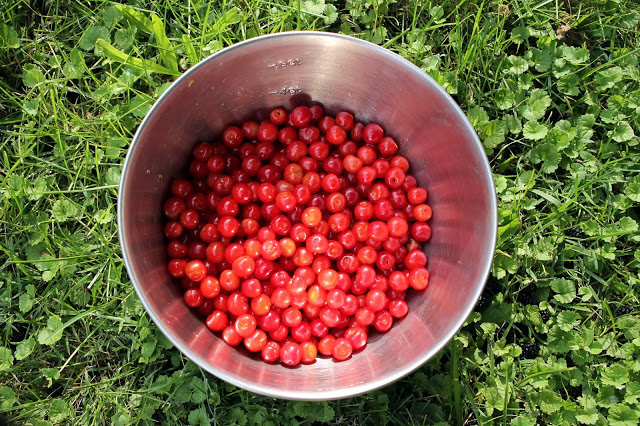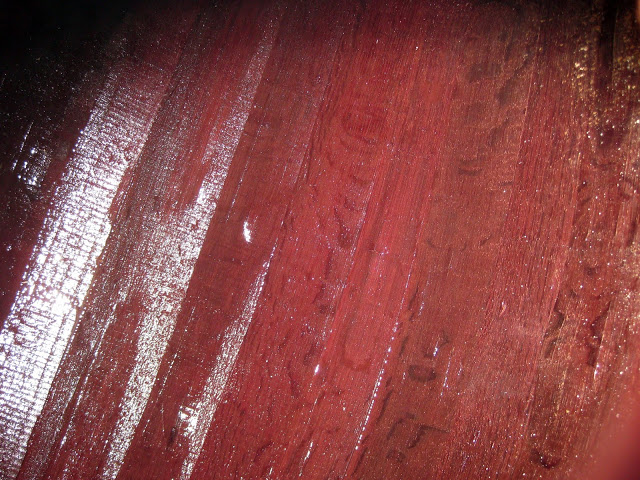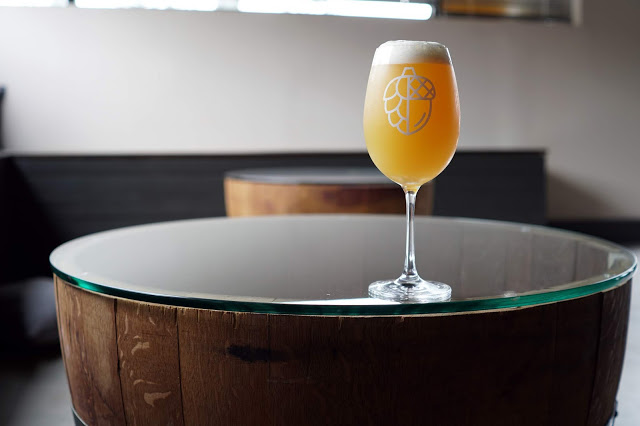 Gordon Strong joins me for a discussion on German Lager beer styles and some tips for making the perfect lager. Subscribe on iTunes to Audio version or Video version or Spotify or Google Play Download the MP3 File– Right Click and Save As to download this mp3 file. Your browser does not support the audio […]
Gordon Strong joins me for a discussion on German Lager beer styles and some tips for making the perfect lager. Subscribe on iTunes to Audio version or Video version or Spotify or Google Play Download the MP3 File– Right Click and Save As to download this mp3 file. Your browser does not support the audio […]  Gordon Strong joins me for a discussion on German Lager beer styles and some tips for making the perfect lager. Subscribe on iTunes to Audio version or Video version or Spotify or Google Play Download the MP3 File– Right Click and Save As to download this mp3 file. Your browser does not support the audio […]
Gordon Strong joins me for a discussion on German Lager beer styles and some tips for making the perfect lager. Subscribe on iTunes to Audio version or Video version or Spotify or Google Play Download the MP3 File– Right Click and Save As to download this mp3 file. Your browser does not support the audio […] 





